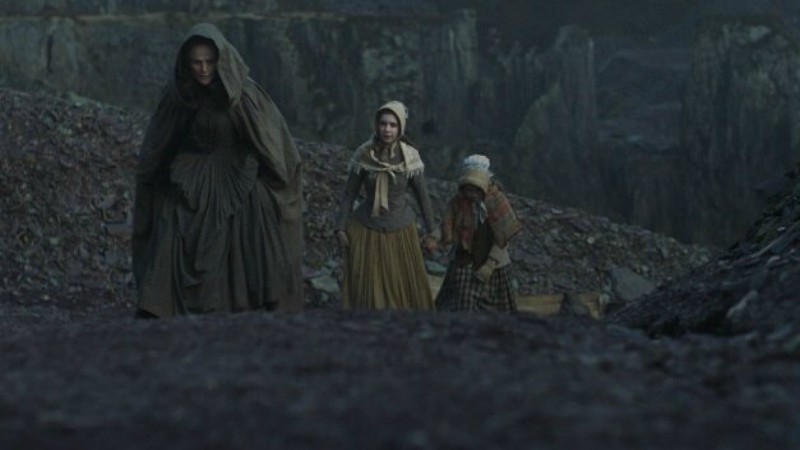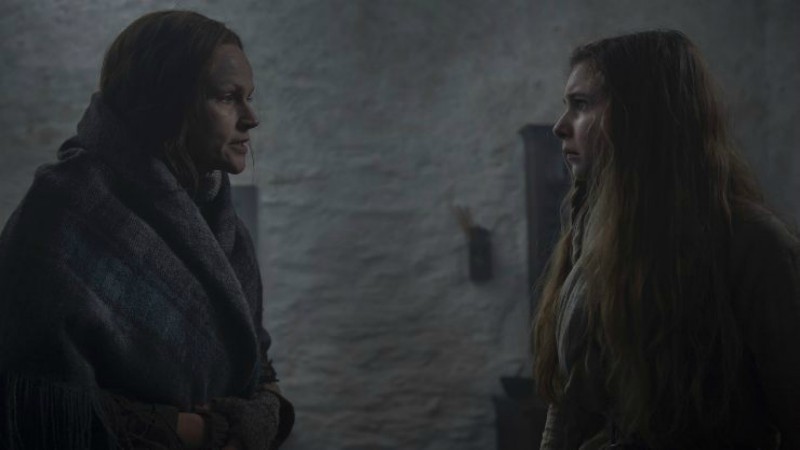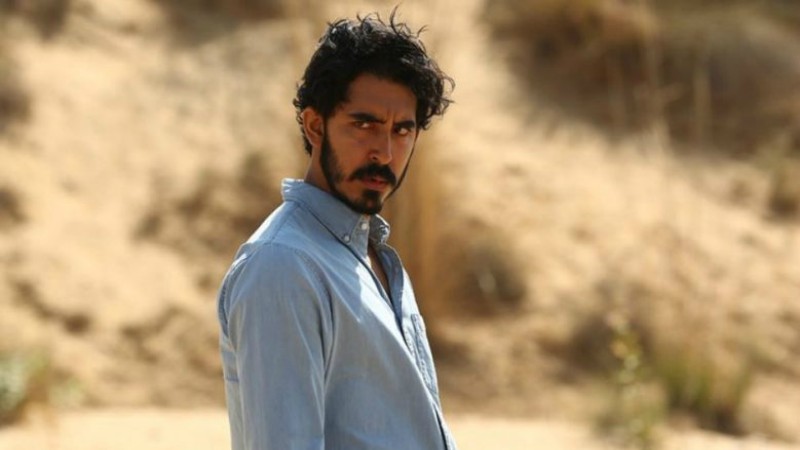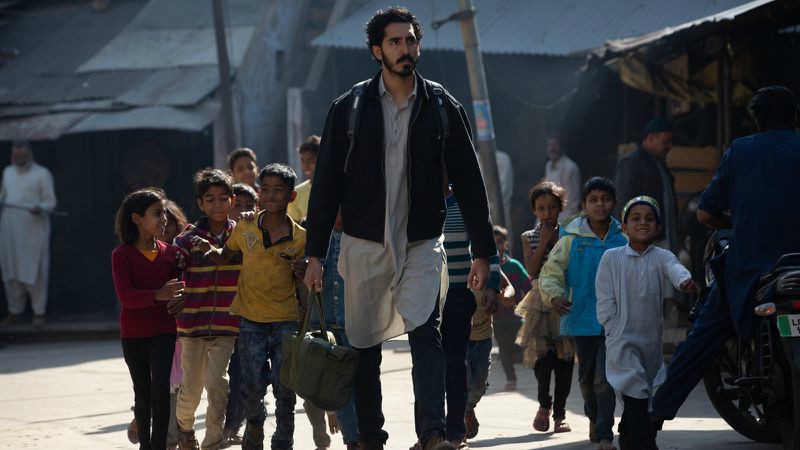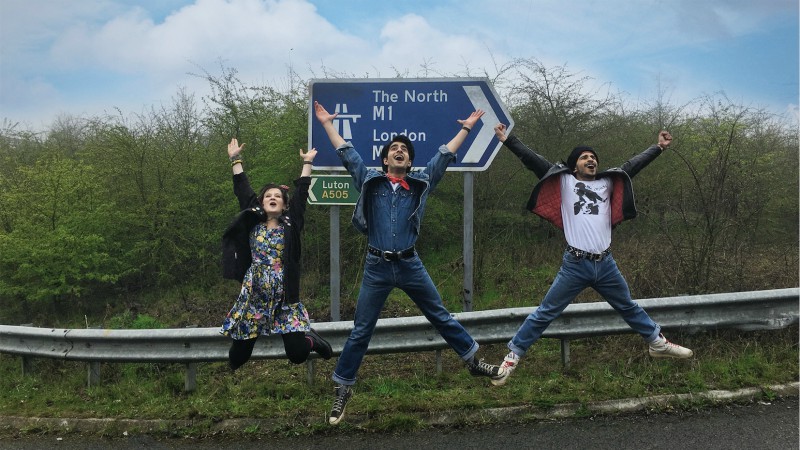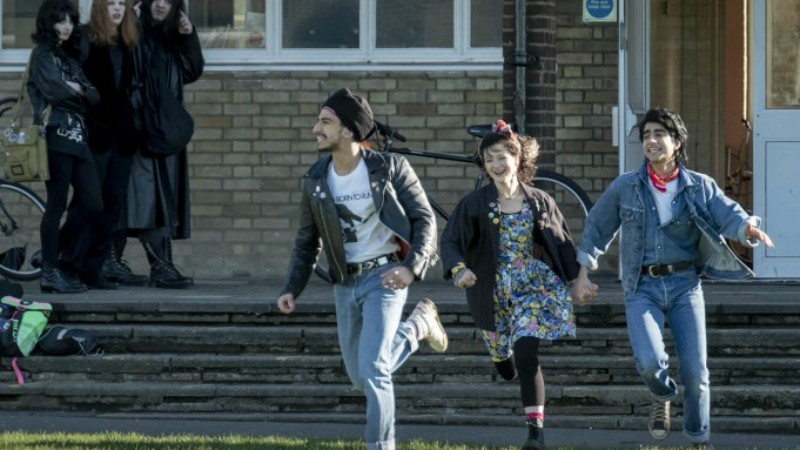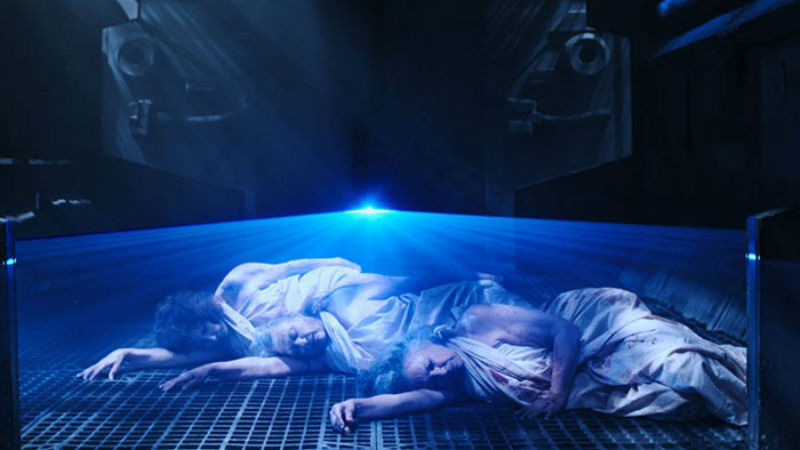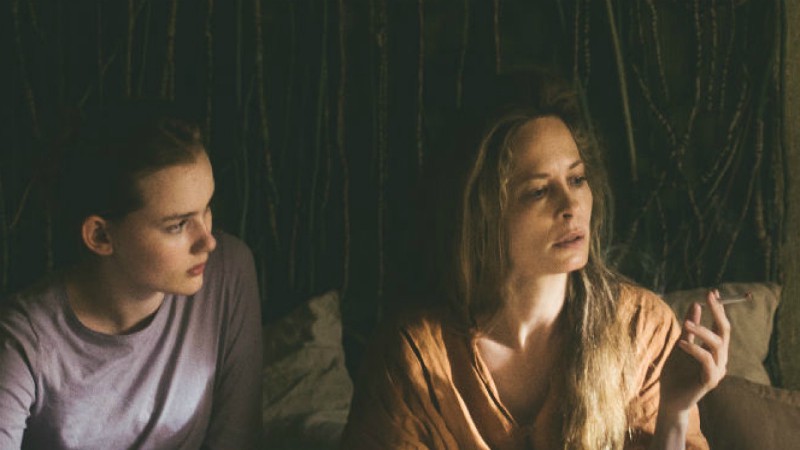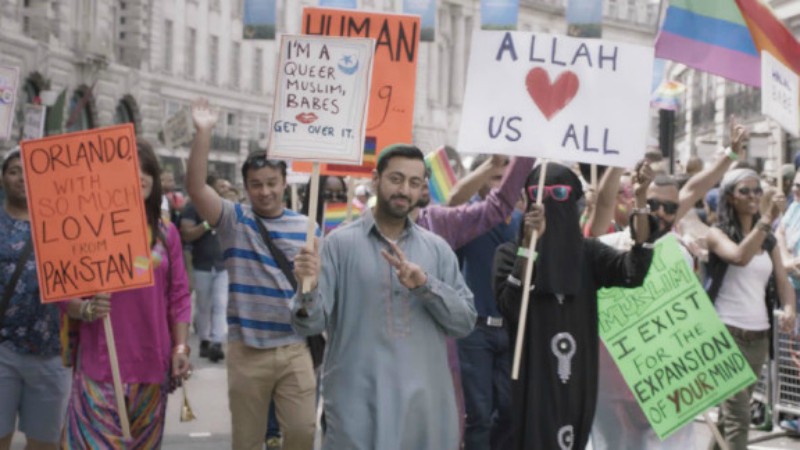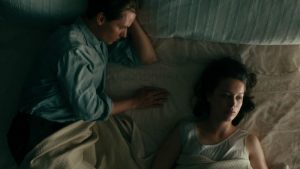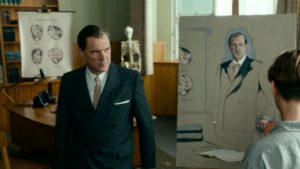People often speak of the “pursuit of happiness”, but what about catharsis? That feeling of relief that washes over you may bring some of life’s greatest satisfaction, even if it is comparatively fleeting. This is because the release of catharsis is often preceded by intense, repressed anguish that has built and built and built. The films in this short list are of different tones and contexts, but they all contain moments of cathartic violence, moments where force is used, for better or worse, to darkly satisfying ends. The films are listed chronologically
.
1. One Flew Over the Cuckoo’s Nest (Milos Forman, 1975):
One Flew Over the Cuckoo’s Nest is a quintessential example of the term ‘required viewing’. Most would corroborate this by saying it’s a classic of the New Hollywood period, features Jack Nicholson’s finest performance, and is one of only three films to win the five major Academy Awards.
All valid reasons, granted – but none are the reason. The real reason One Flew Over the Cuckoo’s Nest is ‘required viewing’ is its ability to reveal the nature of your nearest and dearest; for if a friend, relative or significant other does not loathe Nurse Ratched (Louise Fletcher) within the first half hour, you need to reconsider the relationship.
Ratched exemplified the term ‘resting bitch face’ some 45 years before its coinage, yet that term actually does her a disservice for Ratched’s malice never ‘rests’. She is a petty tyrant to her core with no ability or inclination to help her patients. Rather, she delights in getting under their skin with her hateful passive aggression and, when that doesn’t work, outright bullying.
Her despicable compulsion to control hits fever pitch when she catches Billy – a stuttering, nervous wreck who’s a threat to precisely no one – in bed with a girl who McMurphy (Jack Nicholson) playfully smuggles into the hospital. When Ratched threatens to tell Billy’s equally tyrannical mother, he commits suicide.
It is a sickening moment. As she wrestles past the distraught crowd to reach his fresh corpse demanding that they “Let me through! Let me through!” I defy anyone not to be overcome with a dangerous kind of anger. McMurphy certainly sees the red mist as he throws her to the ground by her neck, putting every pound of body weight into the grip around her trachea.
Now strangling a woman doesn’t tend to be a good look but the toxic, fleeting catharsis of this moment is almost impossible to deny. Your allegiance will lie with McMurphy. Nicholson’s performance is charged with a palpable anger that mirrors your own and you just can’t help but shift in your seat, willing him to do some serious damage.
.
2. Jaws (Steven Spielberg, 1975):
We all know the scene – Hooper’s missing, Quint’s dead and the Orca is sinking. All Chief Brody has to defend himself with is an M1 Garand, harpoon and scuba diving tank, which he desperately throws in the shark’s mouth as the cabin floods with water.
What follows is one of the most electrifying climaxes in cinema history and a deft creative decision by Spielberg. In the novel, the shark succumbs to several harpoon wounds as it lurches towards Brody in open water, but this was not the ‘big rousing ending’ that Spielberg envisaged. Author Peter Benchley resisted this change initially but the final cut persuaded him, which was so explosively ‘rousing’ that it had audiences whooping and cheering.
It’s doubtful whether contemporary audiences would share this reaction, but there is no denying the scene’s immense sense of release. And End Titles, the blissful final piece of John Williams’s iconic score, is the pure sonofication of catharsis.
.
3. Midnight Express (Alan Parker, 1978):
The cathartic act of violence in Midnight Express is a sweet reversal of fortune. In fact, the final confrontation between Billy Hayes (Brad Davis) and the bestial prison warden Hamidou (Paul L. Smith) is the sweetest revenge of any film on this list.
Hayes, sentenced to 30 years in a Turkish prison for smuggling hashish, leads a sub-human existence by the film’s end. He has been beaten and raped to the point of psychosis and despite the promise made by its title (Midnight Express is prison slang for escape), Hayes’ situation seems utterly hopeless.
So when Hayes is faced with yet another episode of sexual violence at the hands of Hamidou, he musters all the strength he has left to throw his gaunt, battered body into the guard’s immense bulk, causing him to impale the nape of his neck on a coat hanger. It is a jaw dropping moment and the massively welcomed demise of an underrated villain.
Midnight Express is also pictured at the top of this article!
.
4. Reservoir Dogs (Quentin Tarantino, 1992):
Tarantino has become so noted for his cine-literate style, loquacious dialogue and extravagant bloodshed that one can forget just how nasty his debut really is. Now Reservoir Dogs makes an impression with its style and dialogue, too, but the violence is not ‘extravagant’ – it’s the most callous, painful and sadistic of Tarantino’s career.
After all, this is a film where the focal character – Mr. Orange (Tim Roth) – spends 90 minutes bleeding to death from a bullet to the gut. Despite his terrible injury, however, he finds the strength to bring catharsis and relief to a moment where Tarantino seems set on pushing Mr. Blonde’s (Michael Madsen) cruelty to an intolerable extreme.
After severing the police officer’s ear and dousing him with petrol, this sadistic crescendo appears to heading for a monstrous climax. Yet just as Mr. Blonde flicks his Zippo, he his hit by a volley of fire from Mr. Orange’s handgun, killing the abject psychopath several times over. It provides a sigh of relief after seven and a half minutes of masterfully unpleasant filmmaking – a mixture of diegetic sound, fluid camera movement, and fine performances from Michael Madsen and Kirk Baltz.
.
5. Rambo (Sylvester Stallone, 2008):
Well, that notion doesn’t apply here, not even slightly. Indeed, Eastwood was rather milquetoast back in 1992 because sometimes you’ve just got to kick ass – a lot of it – without a moment’s reflection. This is something that John Rambo understands in Rambo, by far the most violent instalment in the series.
Of course, the plot is utterly incidental. In fact, its mayhem has a context rather than a plot, and that context is the military dictatorship of Burma, in which Rambo naturally becomes mired once a group of missionaries are abducted by Major Pa Tee Tint and his army, who commit several massacres that are genuinely graphic and nasty.
The catharsis comes in the film’s climax, when the missionaries and mercenaries sent to save them are moments from death by firing squad. Just as the troops assume their positions, Rambo rises behind a grunt manning a Jeep-mounted M2 Machine Gun, cutting his head off with one heavy swoop of his machete. He then commanders the weapon and directs a burst of .50 cal fire into the driver’s head, turning him into pulpy splat.
With the weapon’s guard covered in gore and his mouth slanted with fury, Rambo proceeds to batter the army below with relentless gunfire – popping heads, blowing holes and breaking all kinds of bones. The violence is so high-impact – so very lumpy – that it satisfies whatever warped bloodlust the viewer may (probably) have.









